Exclusive Offer 50% Off One Month Of Unlimited Classes
The Bar Method Blog
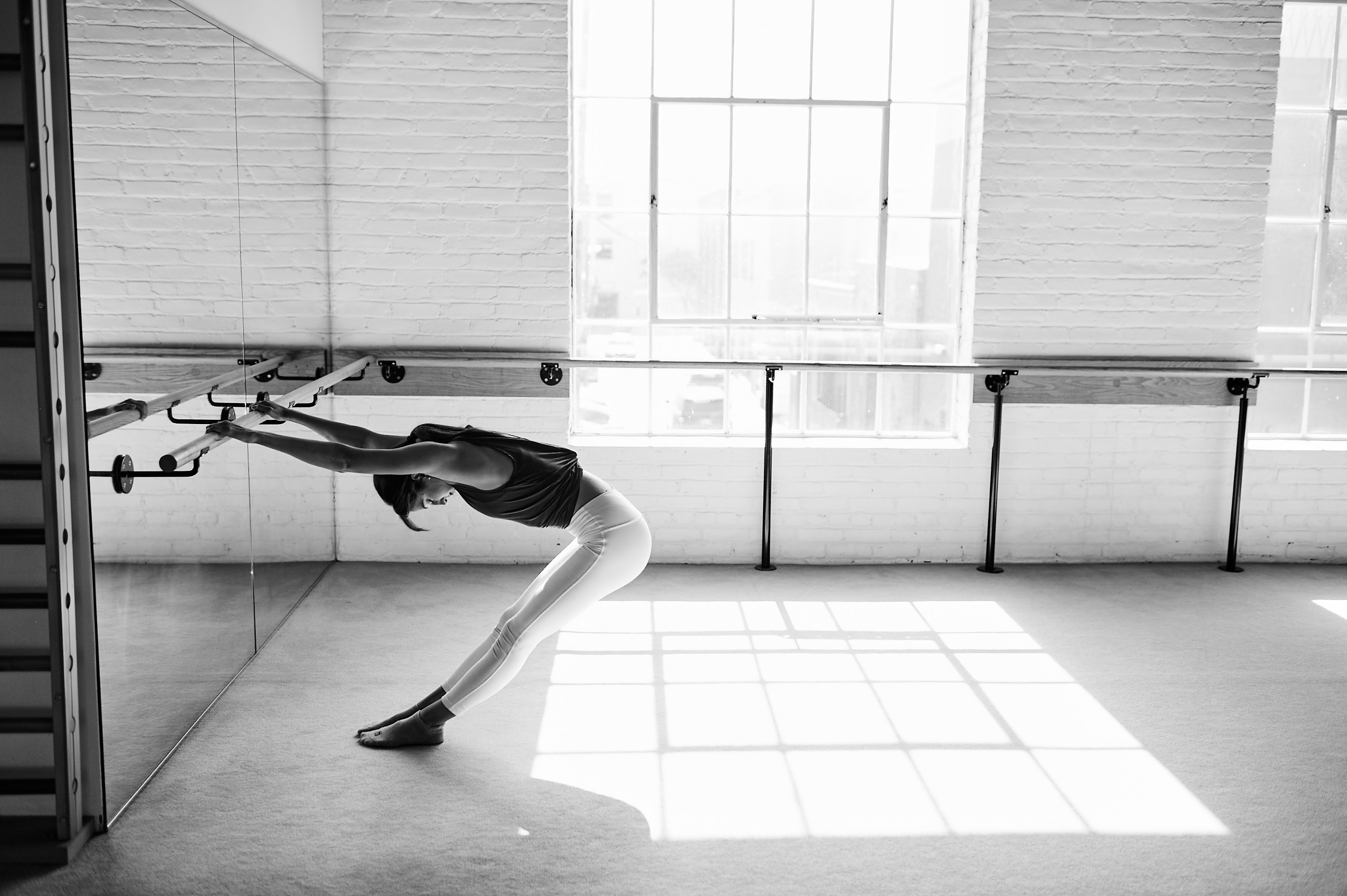
Benefits of Stretching During Barre
Oftentimes, many of us think about stretching as the basic, boring movements we typically avoid after a workout. Sometimes it’s a win if …
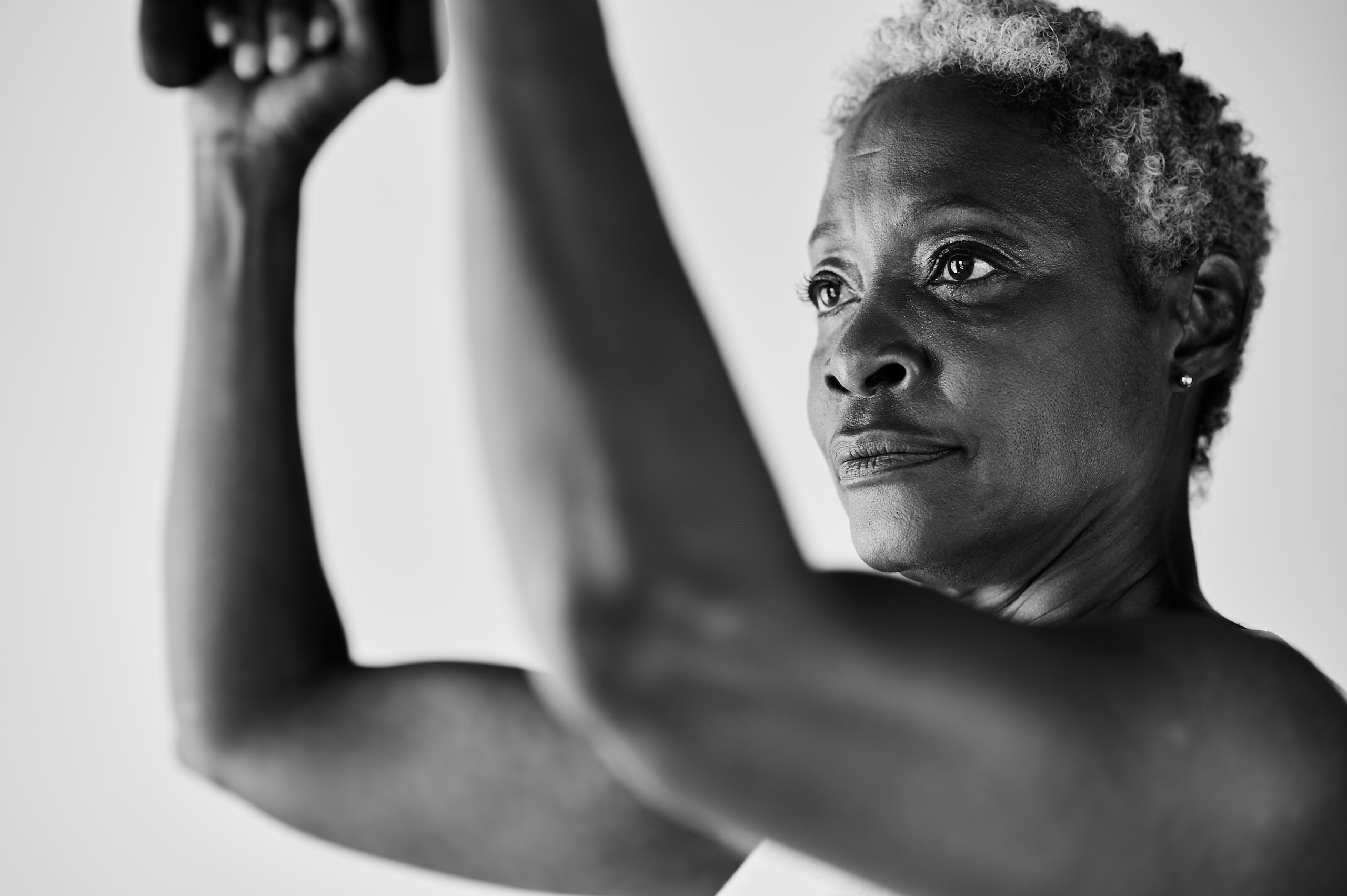
Sculpt Your Body with Barre
It’s no secret that one of the most attractive things for anyone to wear is confidence. Our goal at The Bar Method is …

How to Recover After a Barre Workout
Feeling sore in places you didn’t even know you could? We’ve all been there after a barre workout. It’s a feeling we love …
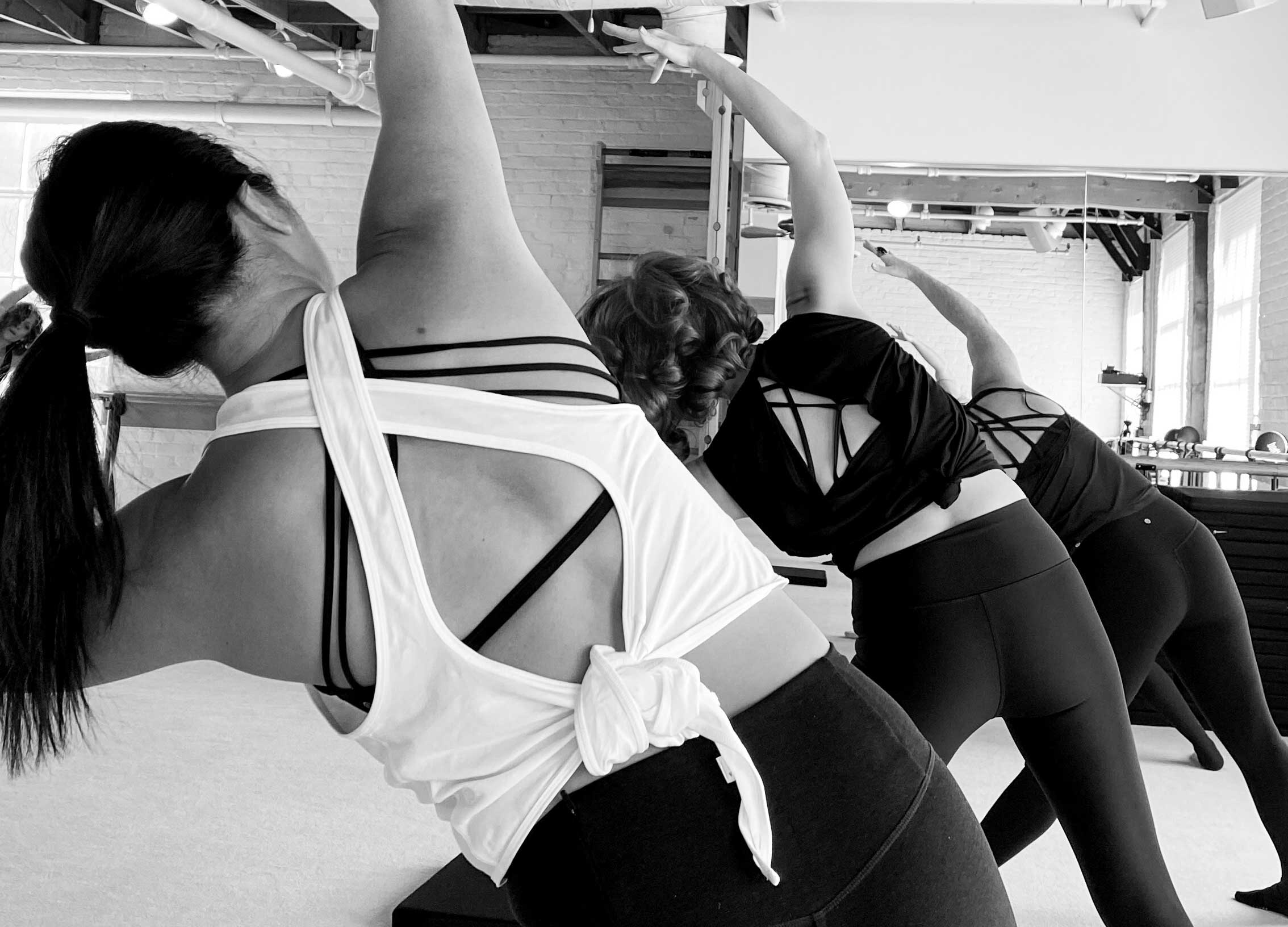
Top Barre Exercises to Improve Posture: Why Bar Method is the Solution for Better Posture
Imagine a workout that leaves you feeling your best beyond the end of class. Imagine a workout that transforms your entire body, head …
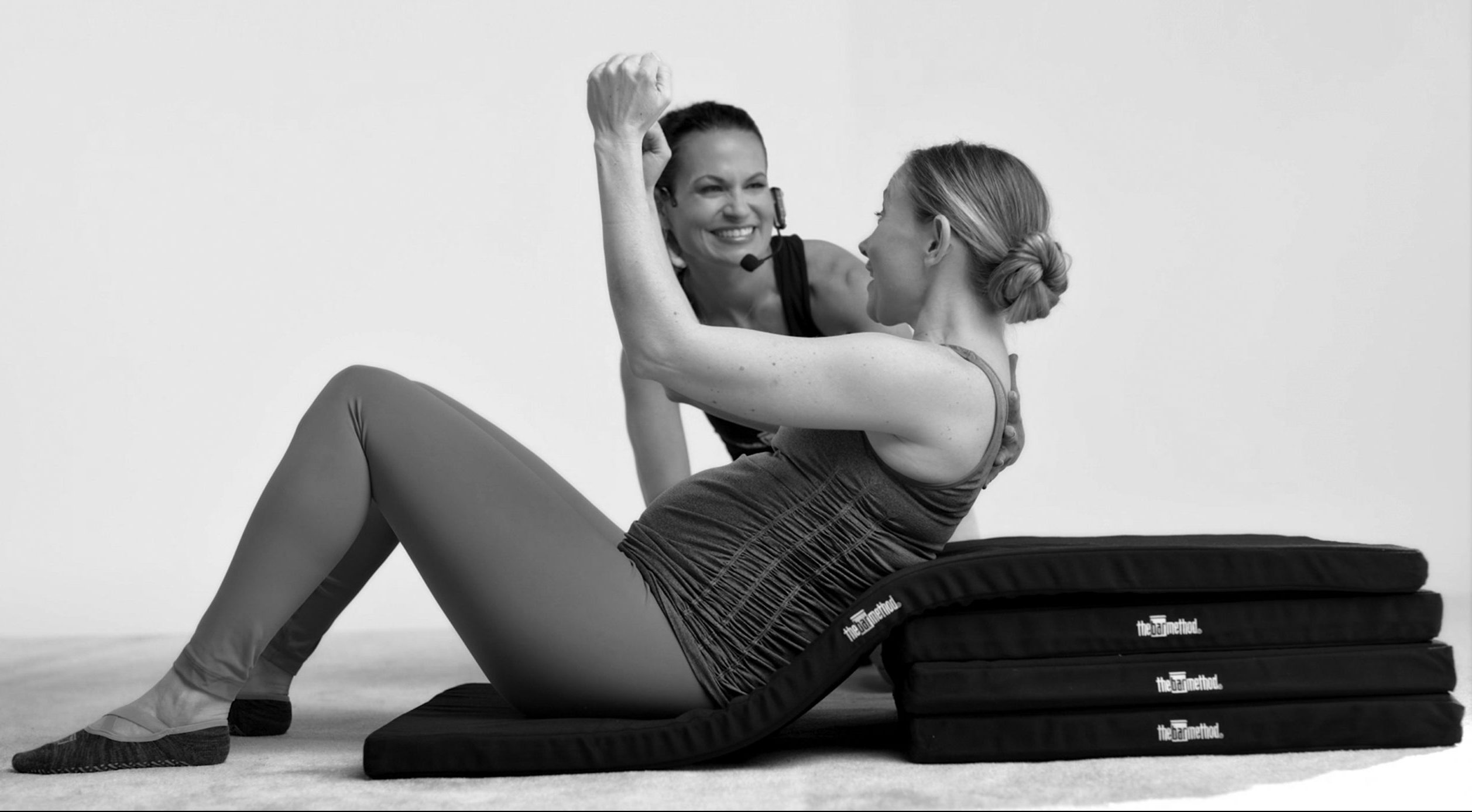
Why Barre Is A Safe (and Effective!) Pregnancy Workout
That excitement you feel when you see those two lines appear on a pregnancy test is one of life’s greatest moments. Whether you’re …
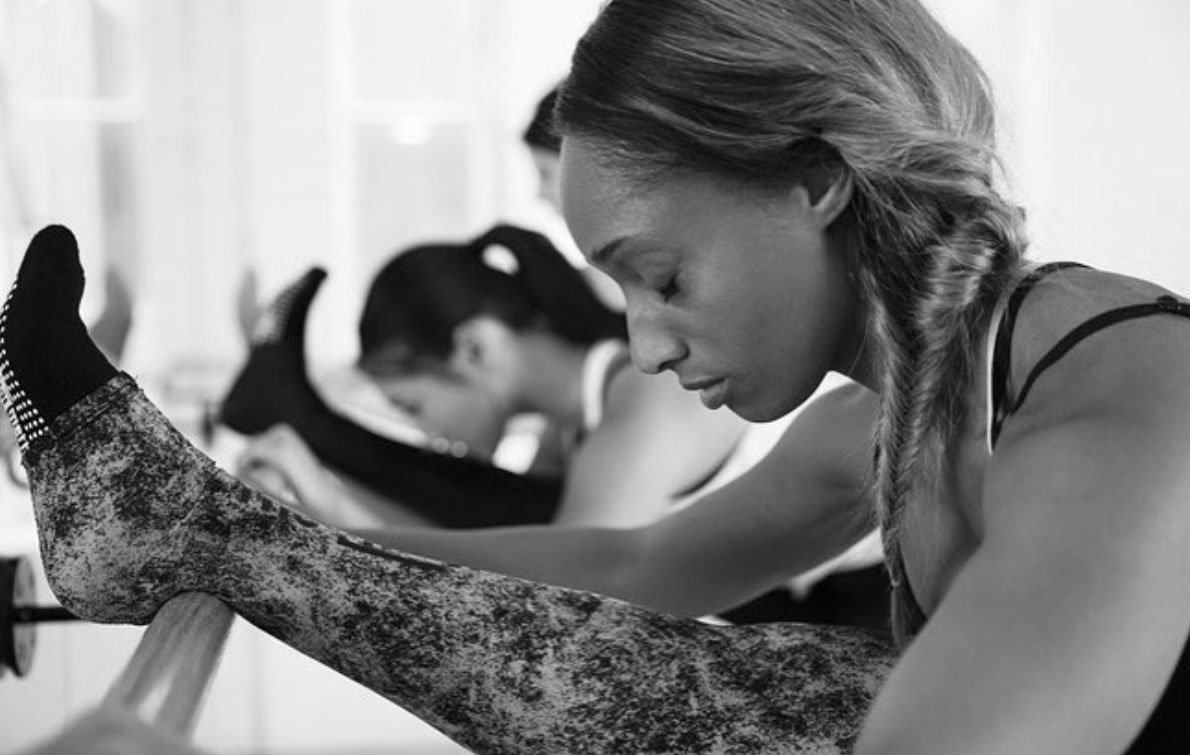
Barre Myths: Debunked
Have you hesitated to try barre because you don’t have a dancing background? Are you worried about your lack of flexibility or convinced …
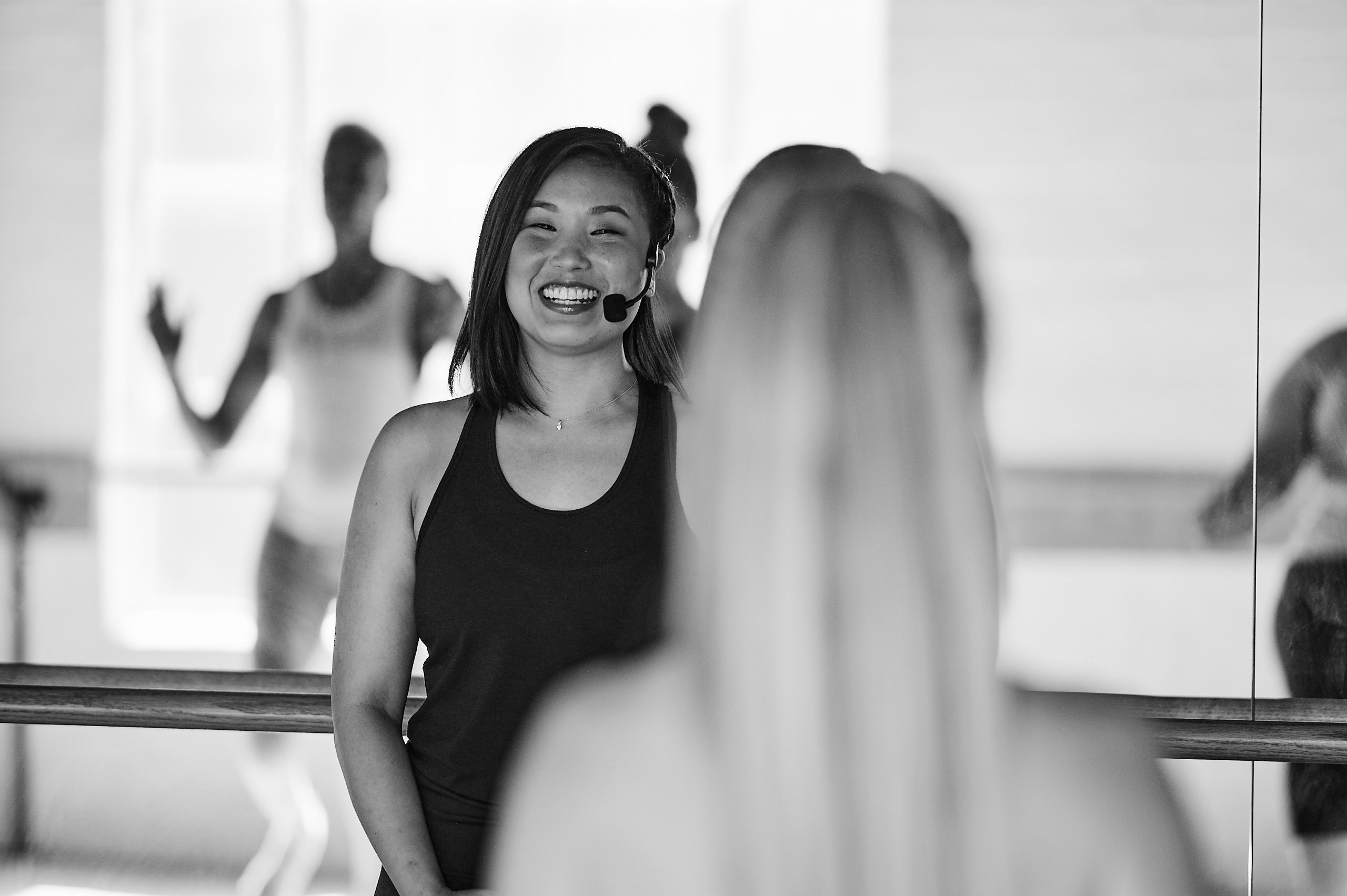
The Ultimate Beginner Barre Glossary
If you’re new to barre lingo or sometimes wish you brought a dictionary along with your grippy socks to class, you’re not alone. …
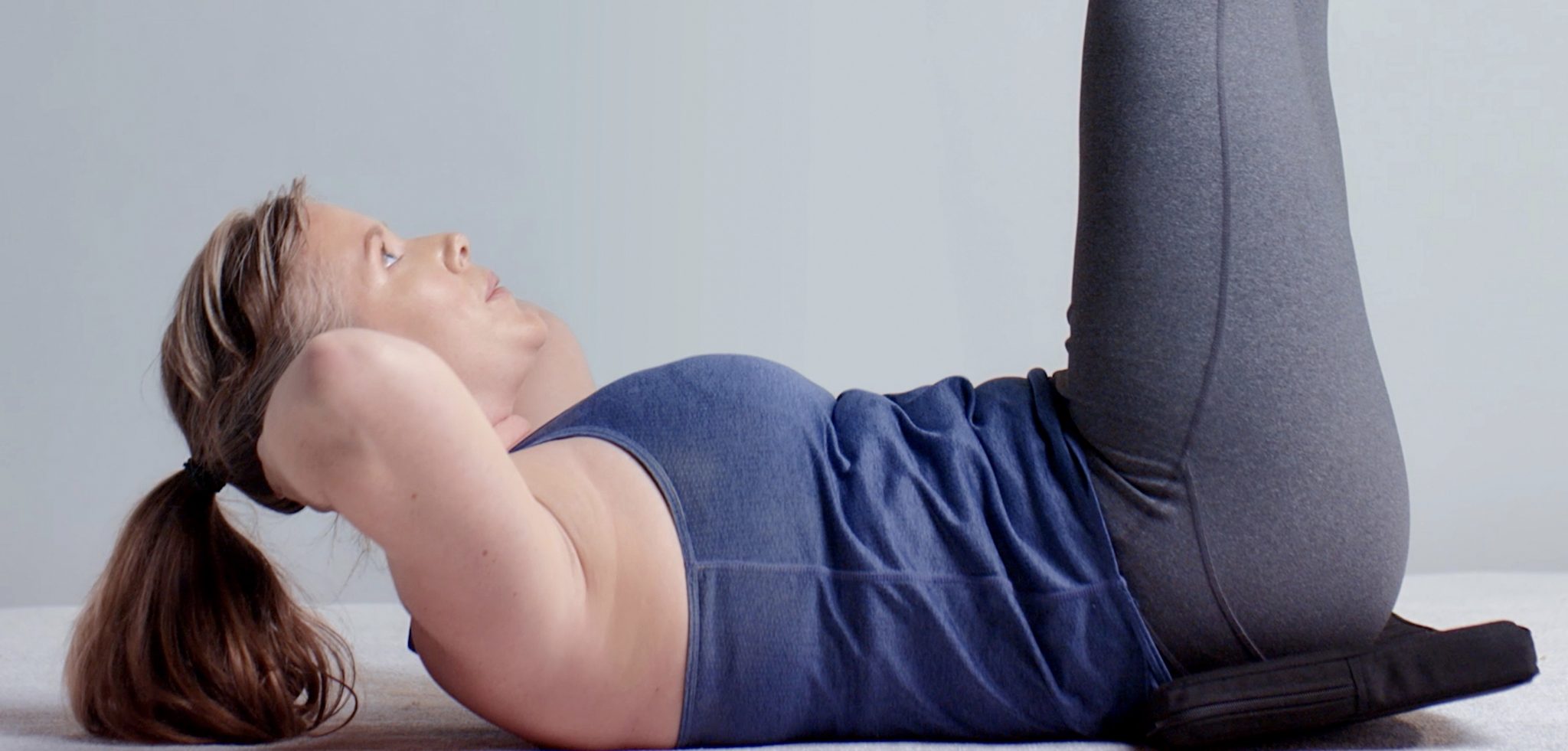
5 Barre Exercises You Can Do At Home
We know there are days when getting to the studio just isn’t an option. Even when you’re not with us in class, you’re …
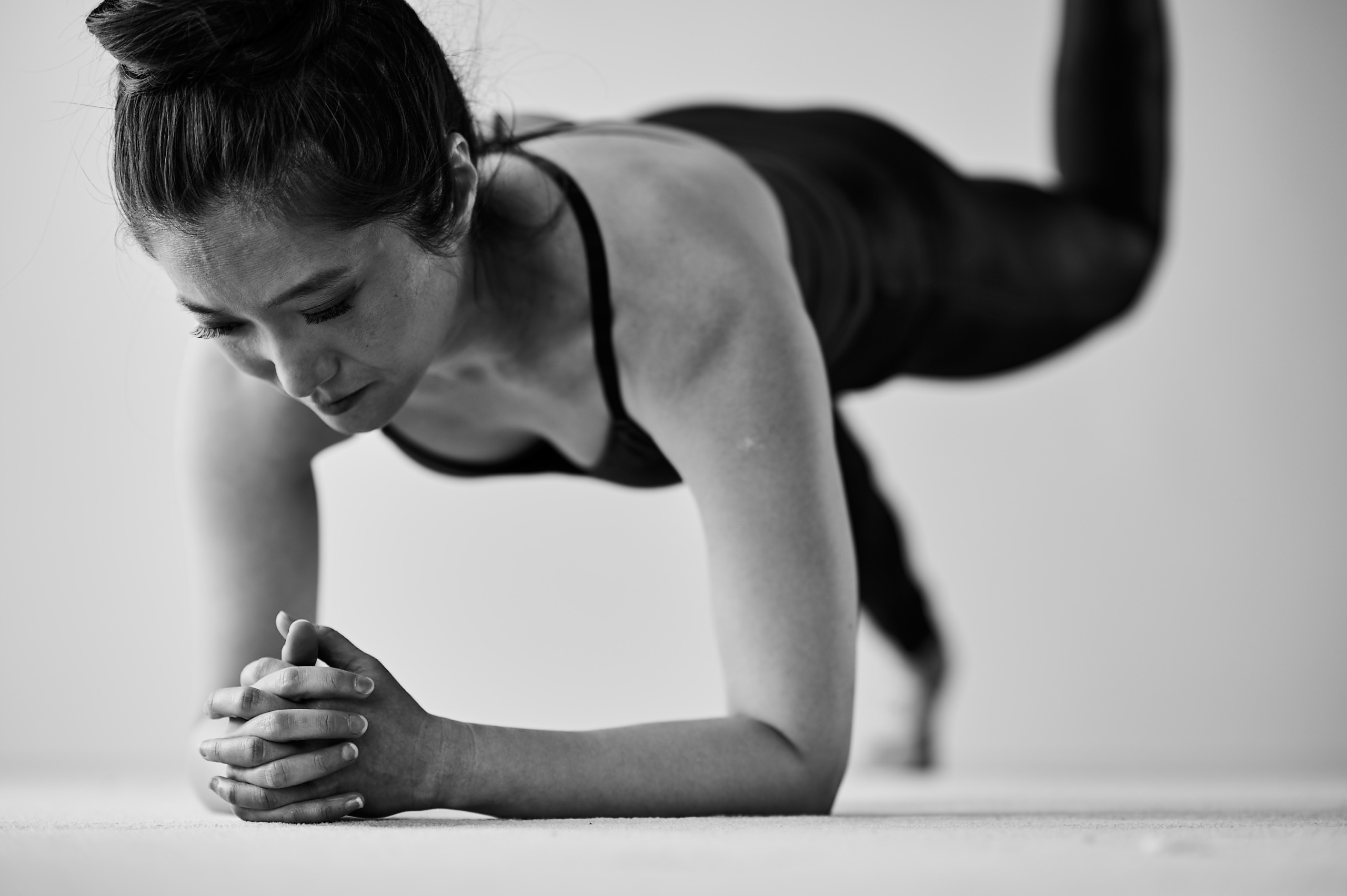
How Do You Know When You’re Ready for Bar Strength?
When you look at the class schedule and see Bar Strength, what’s your first reaction? Are you unsure of what it is? Convinced …
